Preventing Knee Pain in Runners: Tips and Strategies
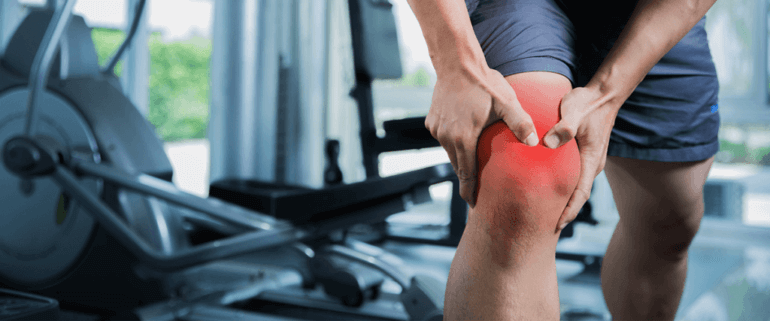
Knee pain is a common complaint among runners, and can be caused by a variety of factors.
In this blog, we will discuss three of the most common causes of knee pain in runners: patellofemoral pain syndrome, iliotibial band syndrome, and meniscal tears.
“Knee pain can be a frustrating injury for runners, resulting in pain, swelling, and stiffness in the knee, says Dr. Jerry Yoo, owner of Next Level Physio.”
“Proper treatment, including a good running form analysis and physical therapy, can help to manage and alleviate knee pain. Often times, the knee is just a symptom of a bigger underlying issue at the hip/pelvis and how your foot lands with each step.”
“So, what it really comes down to in preventing knee pain in runners is maintaining proper form, training volume/intensity, the right footwear, and addressing any muscle imbalances or deficits.”
1. Patellofemoral Pain Syndrome (PFPS)
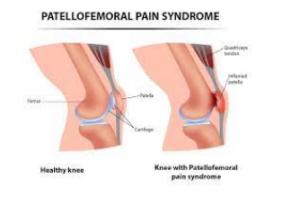
Patellofemoral pain syndrome, also known as “runner’s knee,” is a common cause of knee pain in runners.
It occurs when the patella (knee cap) does not track properly in the femoral groove (groove in the thigh bone), causing pain around the front of the knee.
This can be caused by a number of factors, including overuse, muscle imbalances, and improper running technique.
Symptoms of PFPS include pain around the front of the knee, particularly when running downhill or on uneven surfaces, as well as pain when squatting or climbing stairs. The pain may also be exacerbated by prolonged sitting or standing.
Treatment for PFPS typically includes active rest, running form analysis, and physical therapy to address any muscle imbalances or improper running technique.
Strengthening the glutes and increasing hip mobility can also help to improve patellar tracking. Wearing proper running shoes with proper arch support and using orthotics can also be helpful in managing PFPS.
2. Iliotibial Band Syndrome (ITBS)
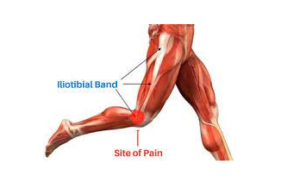
Iliotibial band syndrome is another common cause of knee pain in runners. It occurs when the iliotibial band, a thick band of tissue that runs along the outside of the leg from the hip to the shin, becomes inflamed and rubs against the femur (thigh bone). This can be caused by overuse, muscle imbalances, or poor running form.
Symptoms of ITBS include pain on the outside of the knee, particularly when running downhill or on uneven surfaces. The pain may also be exacerbated by prolonged sitting or standing.
Treatment for ITBS includes active rest and physical therapy to address any muscle imbalances or poor running form. Stretching the iliotibial band is no longer a mainstay of physical therapy, rather strengthening the hip muscles is preferred and more effective in managing ITBS. Wearing proper running shoes can also be beneficial.
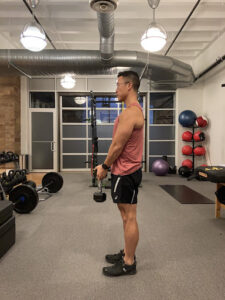
Here’s one of our favorite exercises for managing ITB pain: The single leg deadlift (aka RDL), which builds single limb strength for the glutes and hamstrings.
Here’s how to perform the single leg deadlift (aka RDL):
Start with a light to medium dumbbell or kettlebell, if you’re just starting out. You’ll want to increase the weight as you become more skilled.

Keeping your back and hips squared, slowly bring one leg back and hinge at the waist as the top half of your body descends. Then, return to the starting position and repeat.
Where you should feel this exercise: In the hamstring/glutes of the standing limb.
Perform 4 sets of 8-12 repetitions on each side.
Questions about technique? Email us at info@wordpress-1005998-3548693.cloudwaysapps.com
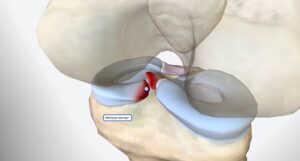
3. Meniscal Tears
Meniscal tears are another common cause of knee pain in runners. The meniscus is a piece of cartilage that acts as a shock
absorber between the thigh bone and the shin bone. Tears can occur due to overuse or injury, and can cause pain, swelling, and stiffness in the knee.